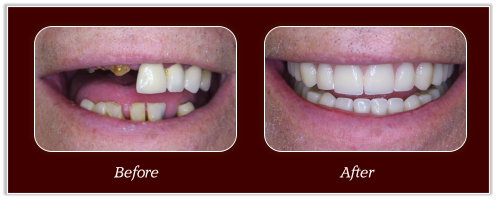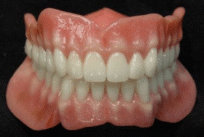Dentures
At one time or another you have seen a media portrayal of someone losing their teeth. Due to these comedic and embarrassing moments on screen, many fear the day it could happen to them. Thanks to consistent research and the latest technology, you have options. There are different types of dentures, but they share a common function. They replace missing teeth lost due to severe decay, fracture, or bone loss.
Partial Dentures
Partial Dentures use remaining healthy teeth for support while providing artificial teeth in needed areas. Placing implants within the mouth adds stability and retention, compared to a complete gum-supported option. Partials come in two materials, a metal framework and a flexible plastic called Valplast. The metal framework provides artificial teeth and the best in chewing function. A common concern for the metal option is seeing metal in the mouth. However, doctors are able to hide any metal from sight. Valplast is more comfortable and attractive than traditional metal framework, creating another option for your unique situation.
Full or Complete Dentures
Full Dentures replace all teeth and use the gums as support. These are sometimes called ‘plates’. Dentures, partial or full, are a prosthetic and require some getting used to, just as one would for a prosthetic arm or leg. Every day functions such as chewing or speaking will be relearned and adjusted at some degree.
Our best advice for patients is: “A bad day with natural teeth is still better than the best day with dentures”. We at Anderton Dental will work to save as many teeth as possible to provide for a comfortable experience. If you are looking at either the full or partial option as your next step, both may provide a good cosmetic treatment option for tooth replacement. For more examples of work completed at Anderton Dental, visit our Smile Gallery. Call to make an appointment or to discuss additional information concerning your next treatment step.



